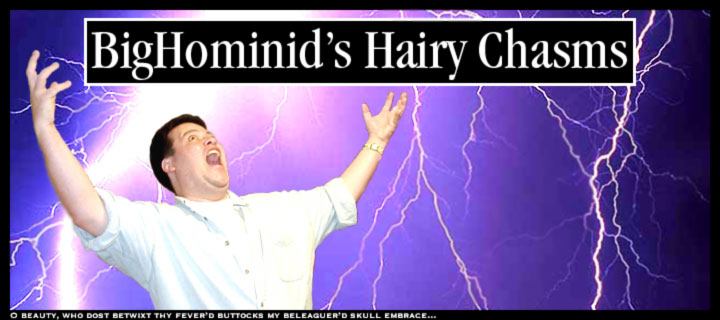Over at EC, Dan Brown's The Da Vinci Code has been making the rounds. Three of us have read it already; a fourth co-worker is chewing through it as I write.
I haven't been privy to all the hype about this book, but here's a quick summary of Brown's tactics for engaging the reader:
1. Dredge up and toss about lots of neat trivia and esoterica.
2. Make your chapters-- and sentences-- short.
3. Deliberately omit the most crucial bit of information in the current chapter, so as to motivate the reader to push onward to the next chapter.
And that's about it. It's a cheap trick that makes Michael Crichton look like Mark Twain. Actually, the Crichton comparison is apt: both writers, Crichton and Brown, suck at characterization, though I think Crichton is better at constructing an interesting plot without having to rely on the same lame Brownian trick in almost every single chapter.
Another co-worker handed me a much meatier book to read: Bones of the Master by George Crane, the true story of an American poet, Crane, and an old Chinese Ch'an (Zen) master, Tsung Tsai, who travel to Mongolia in search of the bones of the Ch'an monk's teacher. The book's conclusion feels a bit too sudden, but it's a true-to-life reflection of the sudden way in which the mission ended. Plenty of Zen and not-Zen along the way, if you're into that. This is Crane's first prose work; he's a poet by vocation. Crane turns out to be my kind of narrator, though: while in Mongolia, he won't accept the superstition he sees being practiced around him. When Tsung Tsai promises to heal a cancer patient with miraculous powers and then fails, this rings a lot truer than some wide-eyed account of nature-defying tumor removal.
If you have to choose between Brown and Crane, go for Crane.
_
Tuesday, September 07, 2004
Dan Brown's The Da Vinci Code in a nutshell
Subscribe to:
Post Comments (Atom)






No comments:
Post a Comment